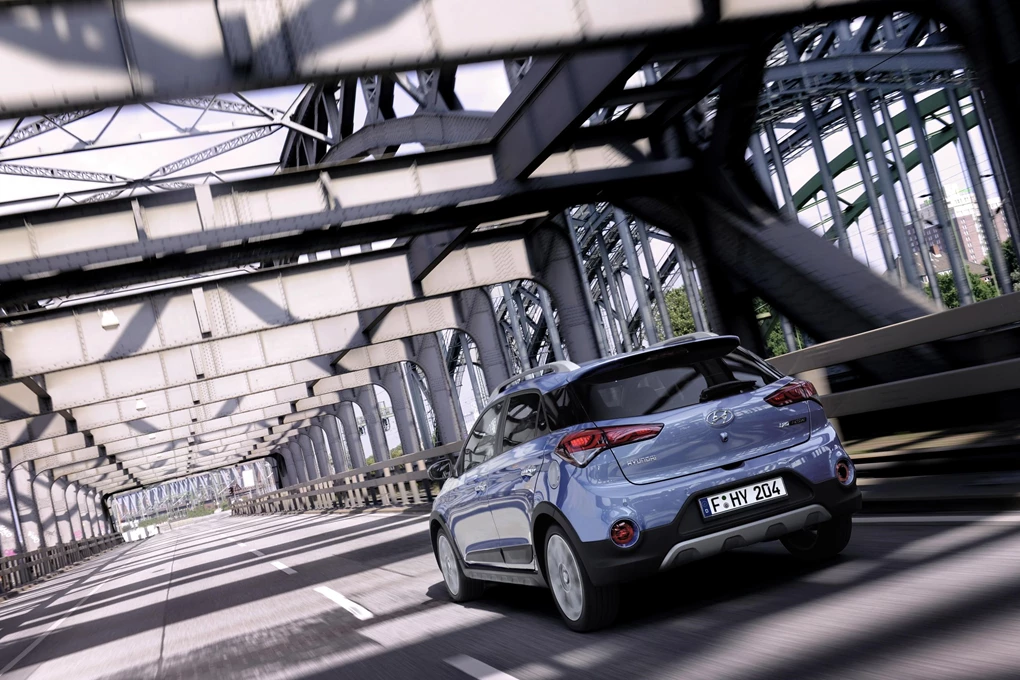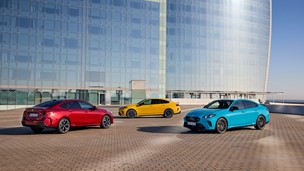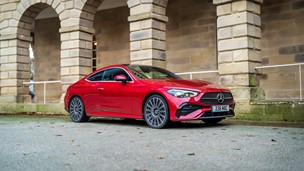Not quite a hatchback, not quite an SUV. The i20 Active is one of the latest mini crossovers that attempts to offer the small car practicality of a hatchback with the eye-catching style of an SUV. But how does it differ from the standard i20?
Although it is by no means targeted at those who want an off-roader, the i20 Active still offers rugged design traits, with meatier front and rear bumpers, and a raised ground clearance of 20mm. It also has some silver roof rails, skid plates, side claddings, wheel arch mouldings and a revised front grille. In fact, more than half of its exterior is unique to the standard i20.
But this isn’t a new idea, far from it. Supermini-derived crossovers have become the norm for brands trying to inject youth into its model range. So, for competition, as well as popular superminis like the Ford Fiesta and Vauxhall Corsa, think crossovers like the Ford EcoSport, Renault Captur, Peugeot 2008 and Nissan Juke.
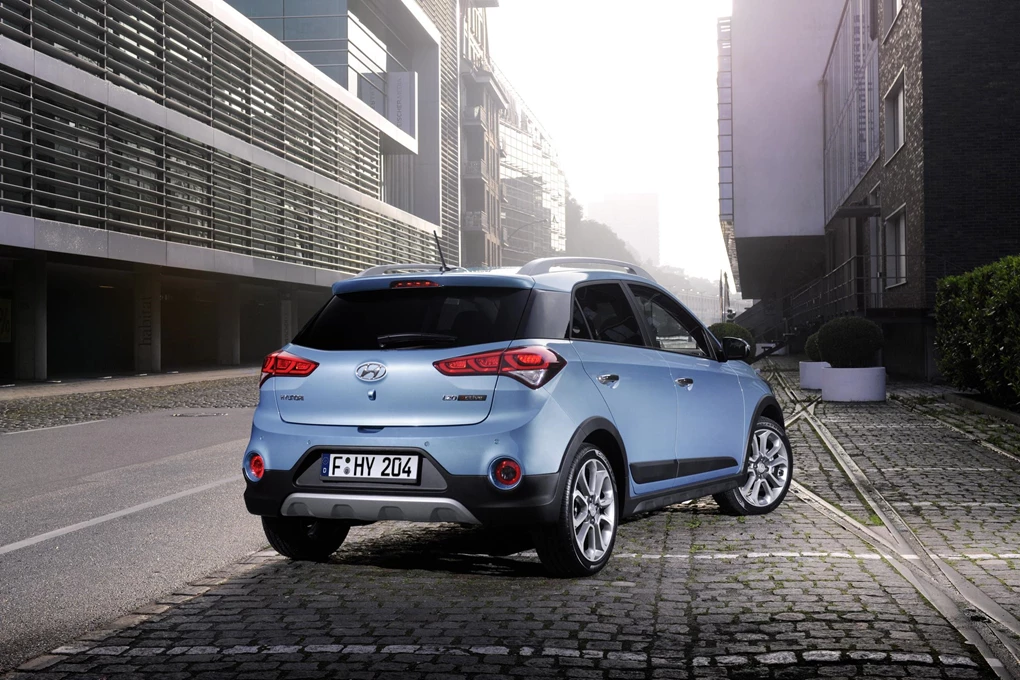
Performance
Unlike the i20 supermini which offers a flurry of both petrol and diesel engines, the i20 Active gains just one of its siblings’ engines – the 99bhp 1.0-litre three-cylinder turbo petrol. This comes mated to a slick five-speed manual gearbox.
This engine has got plenty of power for day-to-day driving, with its 171Nm of torque being perfectly adequate when it comes to pulling out of junctions and nipping into gaps in traffic. Compared to a naturally-aspirated 1.0-litre, the turbo certainly feels like it has more personality, getting from zero to 62mph in just 10.7 seconds.
With the sheer amount of three-cylinder turbos now on offer however, it takes something special to stand out from the crowd, which is to say the 99bhp 1.0-litre in the i20 isn’t as fun or lively as Ford and Vauxhall’s respective 1.0-litre turbos.
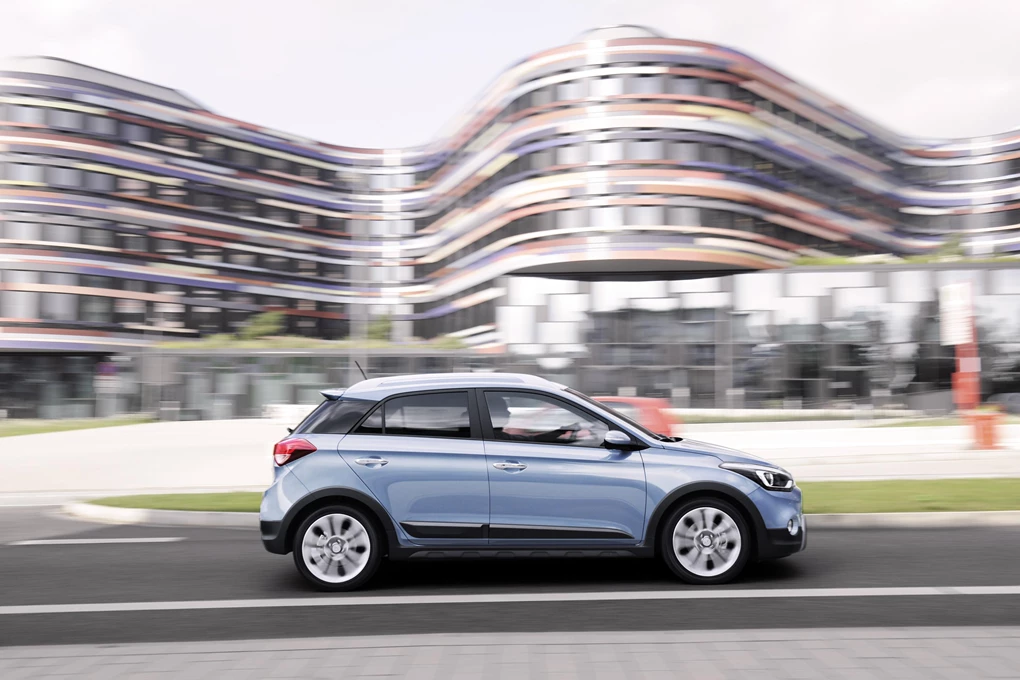
Ride and Handling
The steering is sharp, the suspension effortlessly soaks up bumps and it behaves itself in the corners with little body roll and plenty of grip, even with the slightly taller stance.
In a similar way to its 1.0-itre turbo engine, the i20 Active’s drive is good but it does not stand out. The steering is sharp, the suspension effortlessly soaks up bumps and it behaves itself in the corners with little body roll and plenty of grip, even with the slightly taller stance. It even has impressive road and wind noise insulation at motorway speeds. Compared to other small crossovers though, it’s par for the course really. Although all-round it is a pleasure to drive, it does lack finesse, as the extremely light steering offers minimal feedback, limiting the amount of fun you can have on twisty roads. It’s way off matching the prowess offered by the Ford Fiesta. Those after SUV appeal and easy manoeuvrability will be very happy with i20 Active though, as its compact dimensions – only 30mm longer than the supermini – make it simple to park in cramped parking spaces.
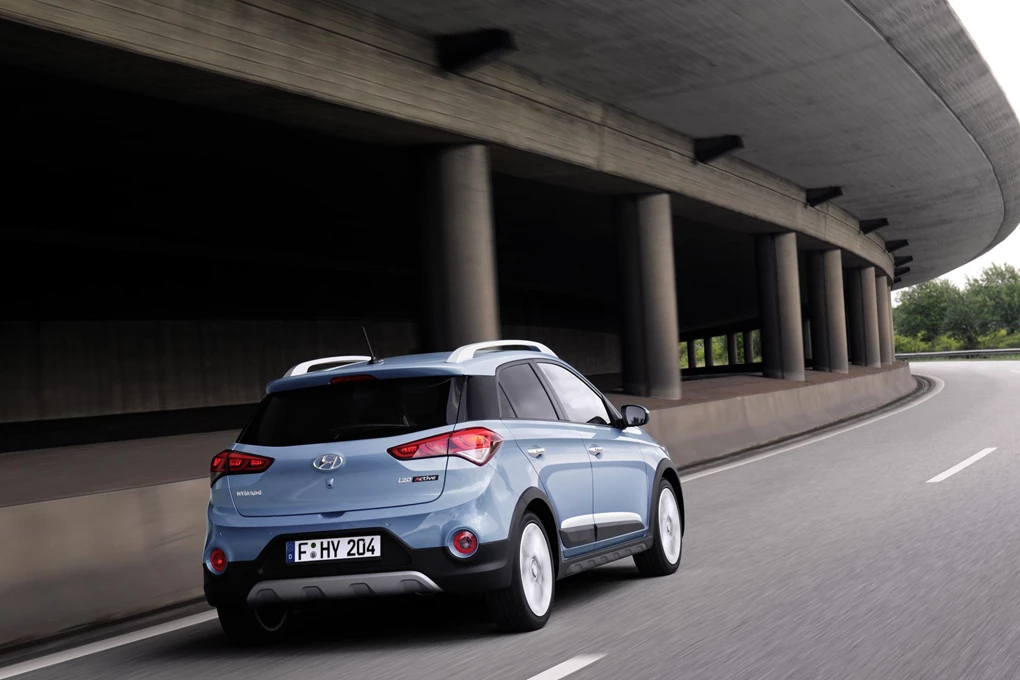
Interior and Equipment
As well as offering a crossover Active model, the i20 is also available as a three-door and five-door hatchback, as well as a coupe-inspired turbo model.
The current-generation i20 supermini signified a massive leap forward for Hyundai in terms of interior quality. Thankfully, the i20 Active follows suit. In what is a ‘typical Hyundai’ layout, the i20 Active has a split dashboard with easy to follow buttons and toggles and a myriad of nice materials. There is just one trim on offer which comes well-equipped with cruise control, Bluetooth, a six-speaker sound system, DAB digital radio, rear parking sensors, LED daytime running lights and air-conditioning. Although that is a fair amount of tech, one big omission is a touchscreen system, or any other large colour display for that matter. This may not be a problem for some, but those wanting something like sat-nav will be left a little disappointed. You may be a little miffed if you like your options as well, as the only optional extra you can choose is metallic paint. Boot wise, the i20 Active matches the supermini with 326 litres with the seats up and 1,042 with the seats down – but let’s not forget, the i20 supermini offers class-leading space, with a handy removable floor and shopping bag hooks to boot. There’s lots of head and leg room in the back too, so kids and adults should find it easy to get comfortable.
Cost
For a 1.0-litre petrol, a combined 62.8mpg and 104g/km of CO2 is very impressive, but diesel derivatives offered by competitors have stronger figures
The SUV styling of the i20 Active comes at a cost – a pretty big cost. At £15,225 it is more than £5,000 more expensive than the three-door i20 supermini. It’s also a smidgen pricier than its crossover rivals, the Renault Captur and Ford EcoBoost. Comparing fuel economy and emission figures is a little tricky with the i20 Active, due to its limited engine range. For a 1.0-litre petrol, a combined 62.8mpg and 104g/km of CO2 is very impressive, but diesel derivatives offered by competitors have stronger figures, the most important one being a sub 100g/km figure. As we are talking about a Hyundai though, let’s not forget its coveted five-year warranty, bettered only by its neighbouring brand Kia and its seven-year offering.
Our Verdict
If you are after a small car with SUV styling, then the i20 Active is spot on. Hyundai’s cool styling, plush interior and impressive warranty will also catch the attention of potential buyers and, Hyundai hopes, attract those looking at other crossovers. But there are areas for improvement, like its drive and lack of engines. Its high list price goes against it as well, especially when you consider its plentiful competition and the fact that there is very little to separate the i20 Active when it comes to things like driving dynamics.
